2016 Kawasaki Ninja ZX-14R review, test ride
We get astride the updated Kawasaki Ninja ZX-14R and find out what’s what.
Published on Feb 26, 2016 03:05:00 PM
31,193 Views
Follow us on

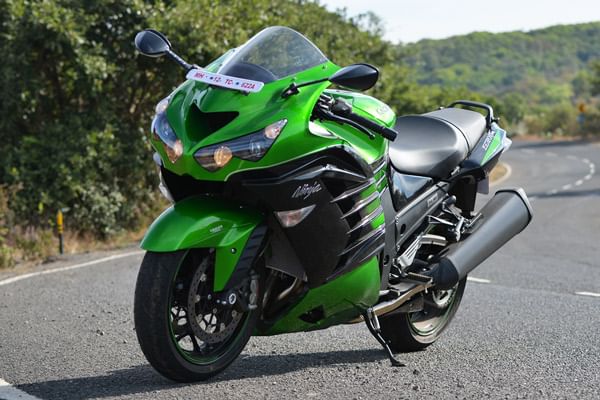

Now all motorcycle enthusiasts know the story of the Kawasaki Ninja ZX-14R, but just in case you’ve been living under a rock for the past decade or so, allow us to bring you up to speed. First launched in 2006, the ZX-14R owes its existence to the top speed cold war that raged amongst Japanese motorcycle manufacturers in the 90s. Japanese bike makers went beyond the litre-class formula to create bikes like the Honda CBR1100XX Blackbird, the even faster Suzuki Hayabusa and the ZX-14’s immediate predecessor and the most powerful bike in the world at that time, Kawasaki ZX-12R. But this one-upmanship was brought to an end just as the ZX-12R came out when manufacturers reached a gentlemen’s agreement to cap top speeds at 300kmh.
While top speed stopped being the reason to build faster bikes, the lust for ever quicker motorcycles has proved to be insatiable. It’s from this thought process that the Kawasaki Ninja ZX-14R was born in 2006. Since then it has seen one generational change in 2012, and this was the very same bike that was launched in India in 2013. Fast forward more than two-and-a-half years and we now have an upgraded version of this monstrous Ninja that has landed in India. So how much have things changed then?
The design
Apart from the glaring difference in paint scheme, there’s not much to visually differentiate this 2016 model from last year’s. Of course, by glaring we mean that the bike is still green and black, but now the front features more prominent use of black on the fairing, while the bellypan is now green. There also a new smattering of black on the tail, but the major visual differences pretty much end there. Look closely and you’ll see some new bits of kit such as the Brembo monobloc calipers on the front wheel, but we’ll get to that later.
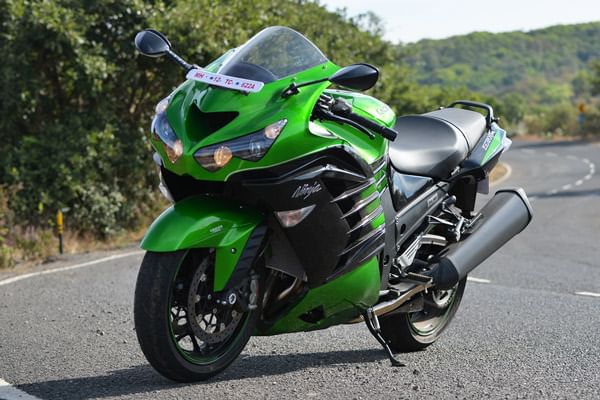
The other major differences which aren’t apparent when you’re looking at the bike, but become obvious when you get on, are the changed handlebar position and a new seat. But apart from these changes, this new 14R remains fairly identical to the outgoing model. Even the instrument cluster design, with its large twin analogue pods and a digital screen in the centre is unchanged, aside from the fact that the digital screen background can now be changed from black to white for better contrast.
What about the motor and its performance?
The second generation of the ZX-14R was launched back in 2012, and it came with a host of major upgrades. A major engine overhaul and the inclusion of a racing-derived electronics suite amongst other things were the big changes back then, and it endowed the 14R with a lot more performance. Thankfully, these aspects of the ZX-14R have been left untouched for 2016.
So there’s still 210bhp on tap (with ram-air) and 15.6kgm of torque, and the ZX-14R is one of just a handful of bikes in the world that can clock a standing quarter-mile in under 10 seconds in absolutely bone-stock trim. But it’s not the outright acceleration and the big horsepower numbers that make this bike so special; it’s the humungous tractability of the motor. You can pootle about town at a hair over idle revs in unreasonably high gears. The 4th gear at 40kph feels completely natural! When you wind on the gas, the ZX-14R pulls forward with out a hint of snatch or stutter.
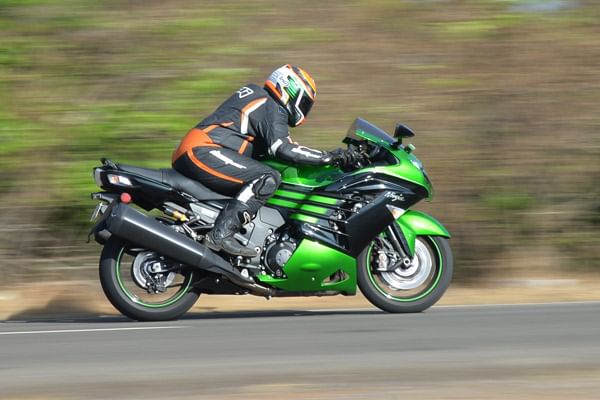
Furthermore, the Low power mode offers only 75 percent of peak power and softer throttle responses to make the ZX-14R easier to ride even in the wet. To head into the ballistic zone, stay in the Full power mode, and let the rev needle sweep up and past the 4,000rpm mark. From here on, the ZX-14R accelerates away consistently as if being pushed forward by some biblical force. It almost lets you experience what the Apollo crew must’ve felt when their Saturn V rocket ignited, launching them towards the moon.
Copyright (c) Autocar India. All rights reserved.


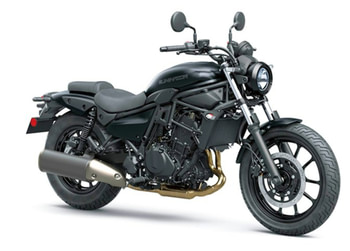






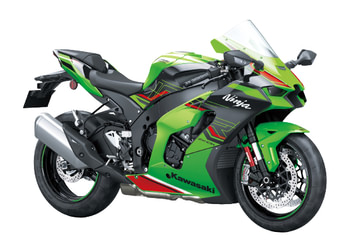




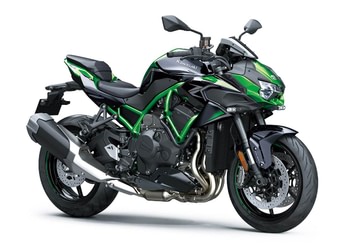



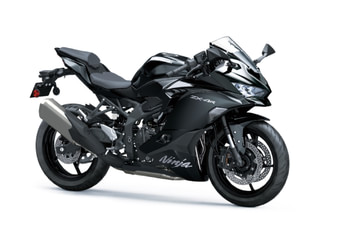






Comments
Member Login
Personal Details
No comments yet. Be the first to comment.